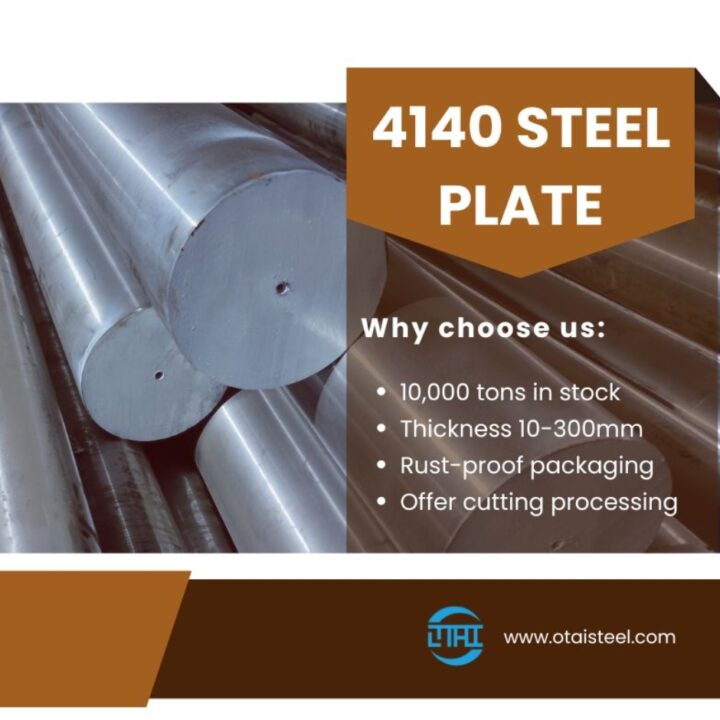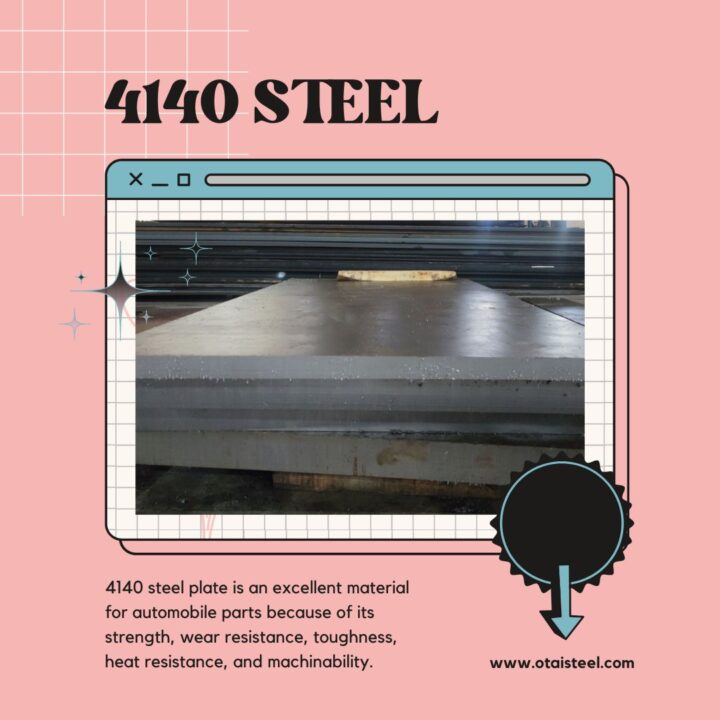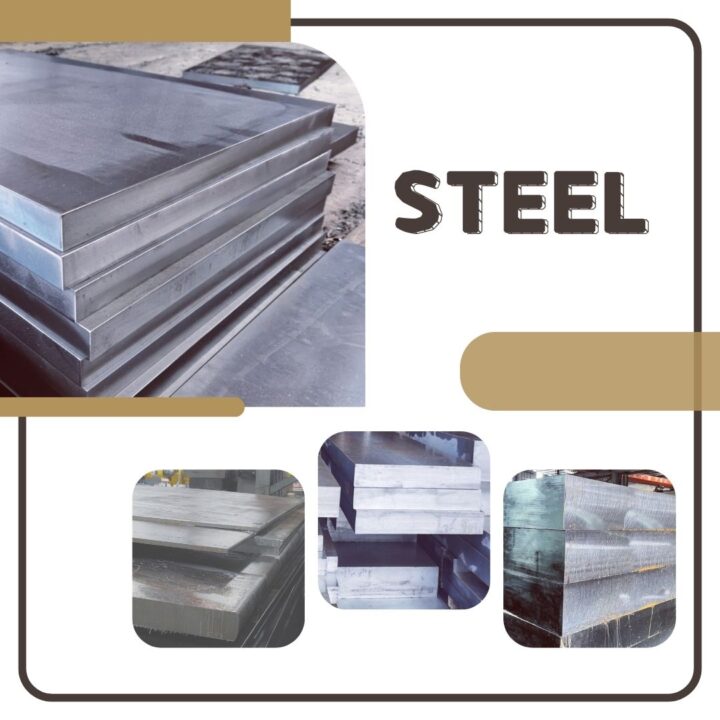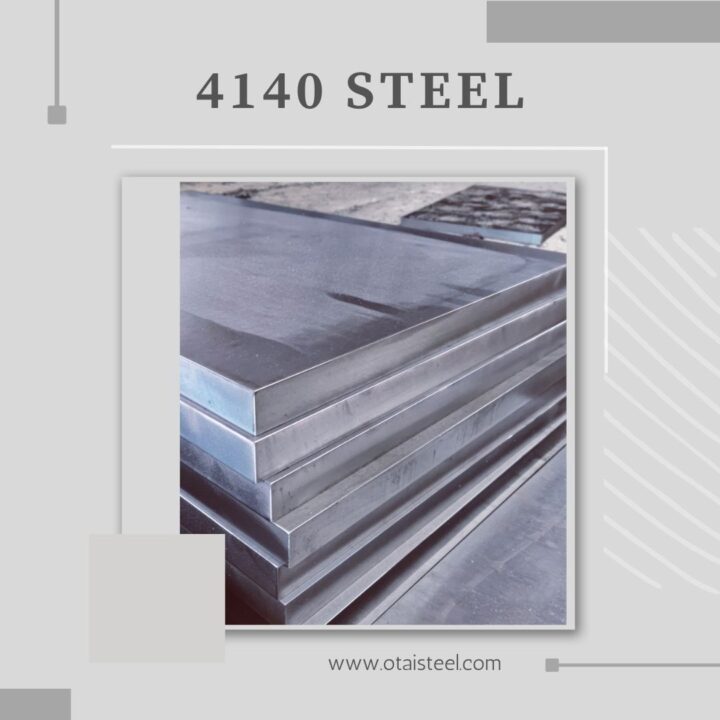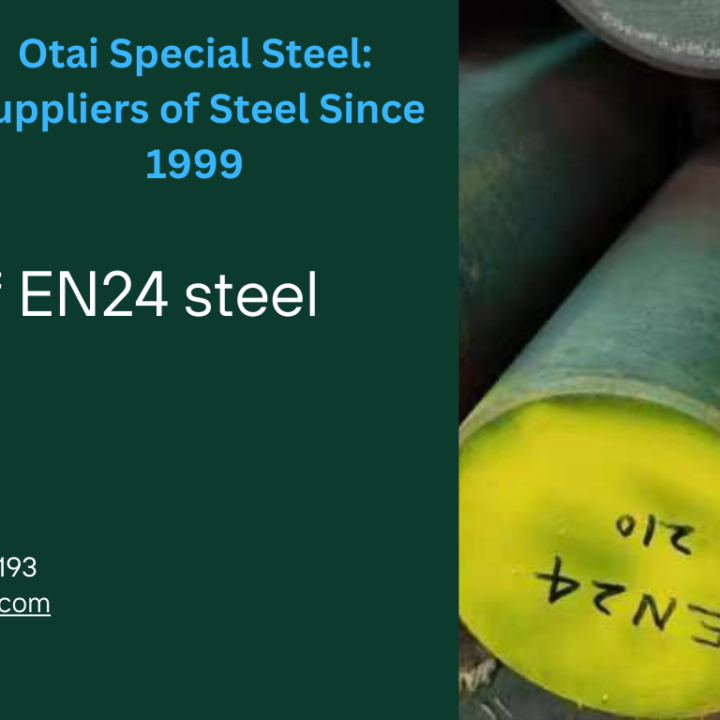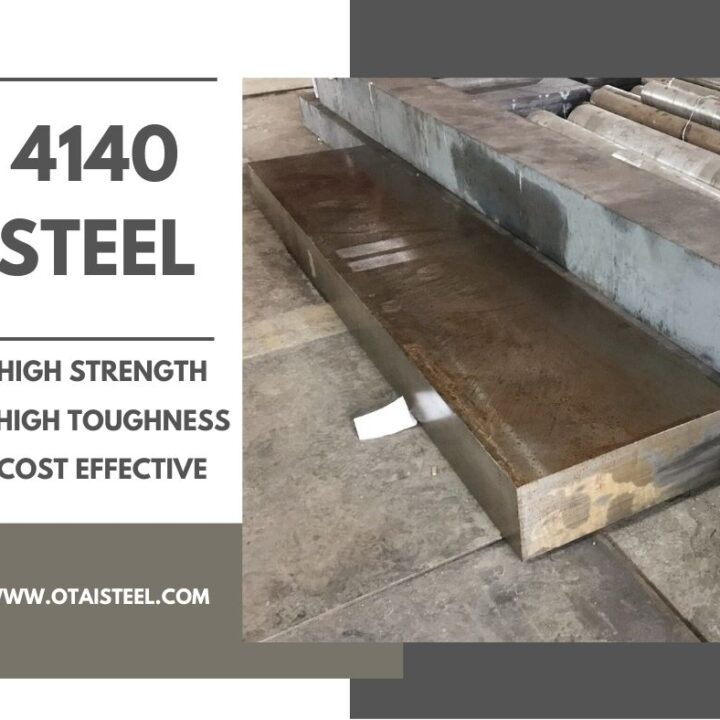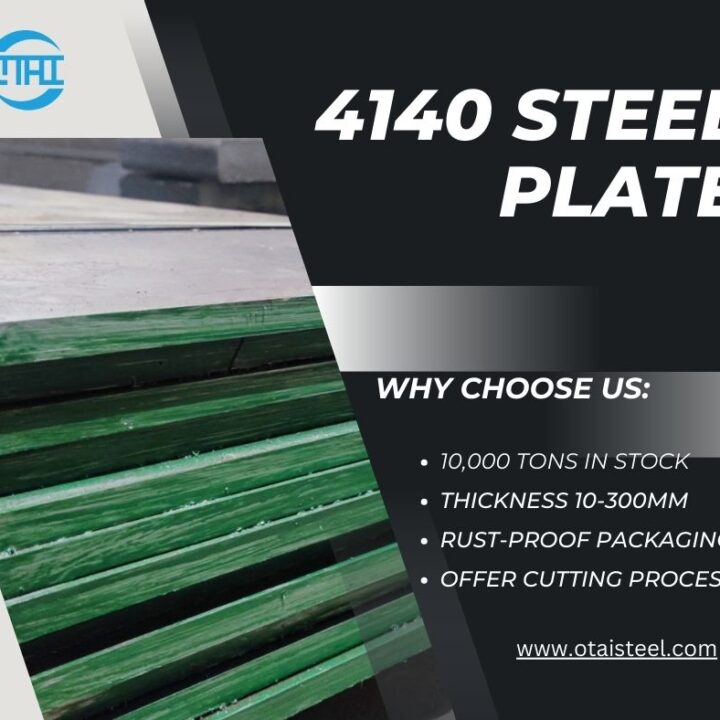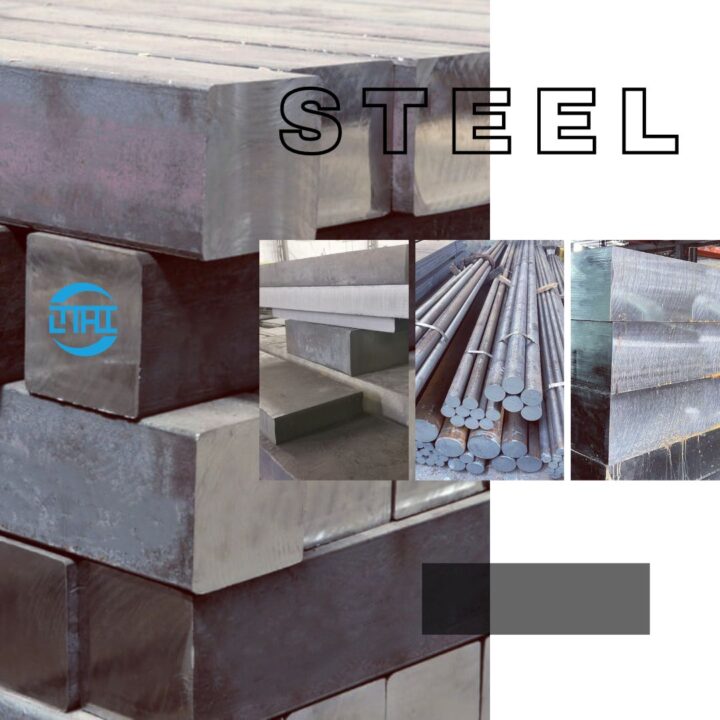The Heat Treatment of 18CrNiMo7-6 Alloy
When it comes to enhancing the mechanical properties of steel, heat treatment stands out as a crucial process, and the 18CrNiMo7-6 alloy is no exception. This alloy, known for its exceptional strength and durability, undergoes a series of heat treatments to optimize its performance in various applications.
Understanding the Composition
Before delving into the heat treatment process, let’s take a moment to grasp the composition of 18CrNiMo7-6. This alloy is a low-carbon nickel-chromium-molybdenum case-hardening steel, designed to provide high core strength and excellent toughness. Its unique blend of elements contributes to its remarkable properties, making it a preferred choice in industries demanding robust materials.
The Annealing Stage: Setting the Foundation
The journey of heat treatment often begins with annealing, a process aimed at reducing hardness and enhancing machinability. In the case of 18CrNiMo7-6, annealing involves heating the steel to a specific temperature and allowing it to cool slowly. This controlled cooling refines the microstructure, preparing the alloy for subsequent hardening stages.
Quenching: Introducing Strength through Rapid Cooling
Following annealing, the steel enters the quenching phase. This step involves rapidly cooling the material, typically using oil or water, to achieve a hardened state. The quick cooling prevents the formation of undesirable structures and promotes the creation of a robust, crystalline matrix within the steel.
Tempering: Balancing Hardness and Toughness
While hardness is desirable, achieving a balance with toughness is equally crucial. Tempering, the third stage of heat treatment, addresses this by reheating the hardened steel to a specific temperature. This controlled heating allows for the adjustment of hardness, ensuring that the 18CrNiMo7-6 alloy remains tough and resilient, even in challenging conditions.
Case Hardening: Elevating Surface Hardness
In applications requiring a hard surface layer for wear resistance, case hardening becomes instrumental. The 18CrNiMo7-6 alloy, with its carbon content, readily responds to case hardening methods like carburizing. This process introduces carbon into the surface layer, enhancing hardness while maintaining the alloy’s core strength.
Nitriding: Enhancing Surface Properties
For applications demanding superior surface properties without compromising the core strength, nitriding comes into play. This process involves introducing nitrogen into the steel’s surface, forming nitrides that significantly improve wear resistance and fatigue strength. Nitriding is a valuable addition to the heat treatment arsenal for 18CrNiMo7-6 steel.
Cryogenic Treatment: Strengthening to the Core
To further enhance the steel’s internal structure, cryogenic treatment is employed. This involves subjecting the alloy to extremely low temperatures, typically below -100 degrees Celsius. The process refines the microstructure, reducing residual stresses and increasing the overall strength and stability of the 18CrNiMo7-6 alloy.
Applications and Considerations
The versatility of 18CrNiMo7-6 steel, heightened by its comprehensive heat treatment regimen, finds applications in various industries. From gears and shafts in automotive engineering to heavy-duty machinery components, the alloy’s strength and durability make it a reliable choice. However, it’s essential to tailor the heat treatment process based on specific application requirements to optimize performance.
Conclusion
In the realm of metallurgy, the heat treatment of 18CrNiMo7-6 alloy emerges as a transformative process, unlocking its full potential. From the foundational annealing to the precision of nitriding, each step plays a crucial role in shaping the alloy’s properties. The careful balance of hardness and toughness, coupled with surface enhancements, positions 18CrNiMo7-6 as a material of choice for demanding applications. Understanding and mastering the intricacies of its heat treatment is key to harnessing the full strength and resilience this alloy offers.
